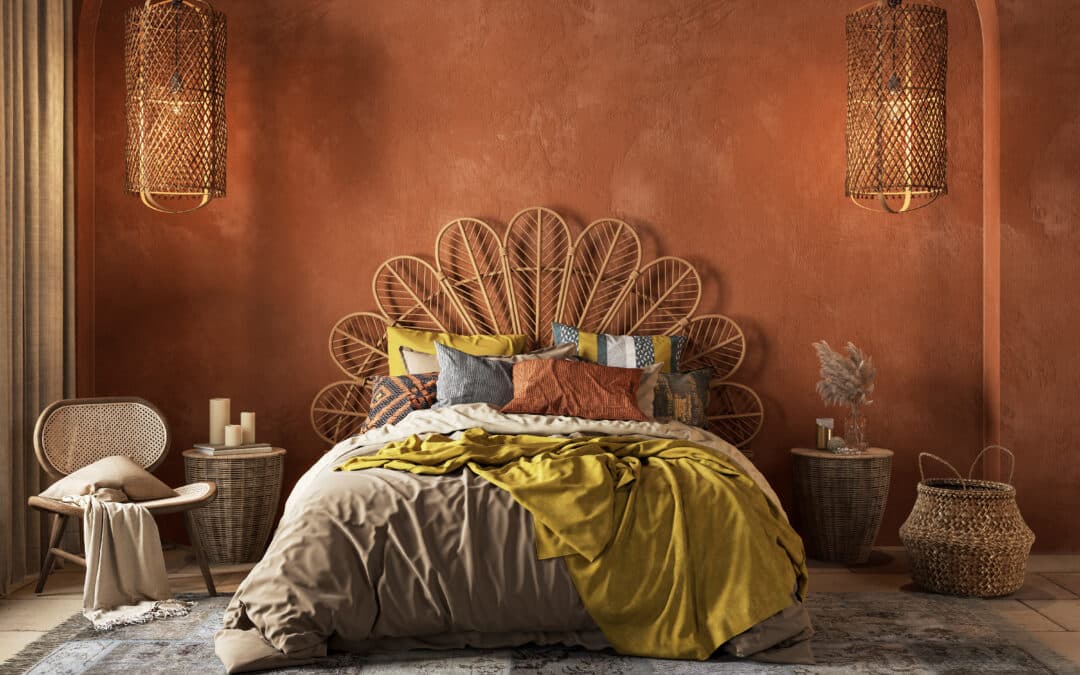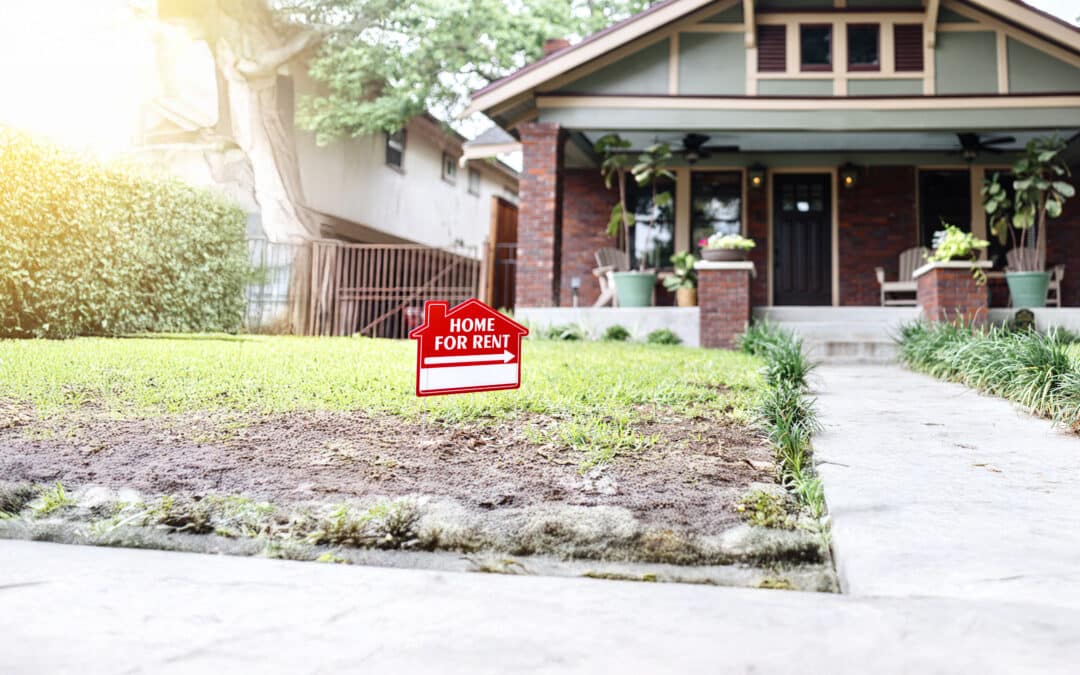In Door County, Wisconsin, Al Johnson’s Swedish Restaurant has been renowned for decades for its grass roof. Yes, it is really grass, and not only is the entire roof growing green grass, but it is adorned with goats. Needless to say, there is nearly always a spectacle while driving down Bay Shore Drive in Sister Bay, Wisconsin. The establishment even installed a “goat cam” for those interested in seeing things from the goats’ perspective.
The restaurant was originally founded in 1949 and grew so quickly the owners decided to add on. “By that time, [1960s], I thought it was better to ‘build old,'” meaning, apparently, a grass roof, Ingert Johnson, wife of the restaurant’s owner Al Johnson, recounted on the restaurant’s official website. “‘Old never goes out of style, but if you build ‘new,’ it always goes out of style and you have to re-do it and re-do it. So I told Al, ‘The next time we build…[I want a] grass roof.'”
Old As the Hills, But Not Outdated
Green roofs have been part of human construction since the beginning. It only seems natural to bring back this old way of building. Architecture is an art that mixes woods, metals, glass, and decades of home and commercial trends to create an appealing sense of wonderment and engages people to talk about it or even live in it. Similar to fashion trends, architecture and design ebb and flow, bringing old concepts into new designs. Grass roofs are presently one such design element currently growing in popularity.
The reemergence of this centuries-old roofing technique is not just a fad, however. The trend is practical as well as popular. Green roofs make homes and buildings more livable while reducing the amount of energy consumption. From roofs sporting a few planters holding flowers or veggies to full-grass roofs, green roofs appeal to building owners on multiple levels, including for energy efficiency, tax benefits, and aesthetics.
Why Choose A Green Roof?
Green roofs might seem a little outside of the box, but there are many reasons to consider incorporating them into your investment strategies. Outside of the environmental incentives and green tax credits that you may receive for green roofs, you are creating a unique space for a renter or homeowner. A green roof demonstrates that it is important to you that your tenants live or work in a high-quality space with a long-lasting, energy-efficient, unique roof they can be proud of.
Furthermore, that green roof just might reduce your tenants’ stress – and your own! Psychologist Rachel Kaplan wrote in an article for the American Psychological Association (APA), “People don’t have to head for the woods to enjoy nature’s restorative effects…. Even a glimpse of nature from a window helps. In one well known study, for instance, [I]…found that office workers with a view of nature liked their jobs more, enjoyed better health and reported greater life satisfaction.”
Don’t Forget Your Support System
If you are considering installing a green roof you need to get a structural engineer to look at your trusses and structures under your roof. It is quite possible that you will need to install extra supports to hold the weight. As with any construction addition, be sure to conduct your due diligence before embarking on your green venture. Installing green roofs on your properties could enable you to create a unique niche for your properties and help you market them, both imperative to continued successful investing.
Definitions and Explanations
Heat Island: A densely developed urban area that is hotter than nearby rural areas. For example, a city with 1 million residents may be nearly 6°F warmer than surrounding suburban and rural areas during the day and 22°F warmer in the evening. Heat islands can affect communities by increasing summertime peak energy demand, air conditioning costs, air pollution and greenhouse gas emissions, heat-related illness and mortality, and water quality.
Green Roofs: Also called eco-roofs and rooftop gardens. A green, growing, vegetative layer of grasses, shrubs, plants and/or trees. Green roofs may reduce rooftop surface temperatures in addition to improving storm-water quality and management.
Green roofs may be referred to as rooftop gardens, green roofs, or eco-roofs. You can find them on commercial, institutional and residential spaces. They are exactly what the name implies: a roof capable of supporting some volume of living vegetation and the associated soil, water, and infrastructure necessary to sustain it. The roofs create a buffer between the building and natural elements, help reduce pollution, and lower temperatures within and around the building, thereby reducing energy usage and cost. When regular shingles and tar comprise a roof, the temperature at the top of the building can climb, on average, to 190° F. Roofing with white materials may lower that temperature to 100-120° F, and white colored roofs are lower at around 100 to 120° F. A green roof will reach an average temperature of about 85° F on the same day.
























0 Comments